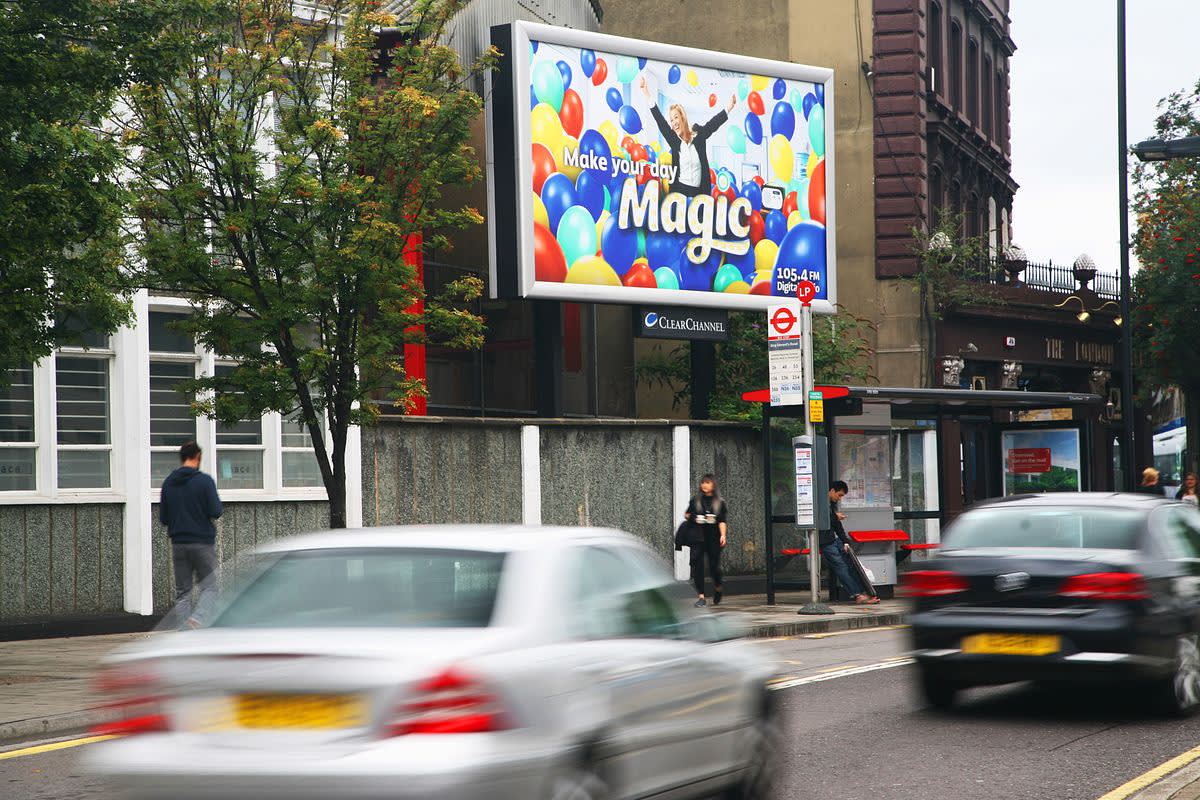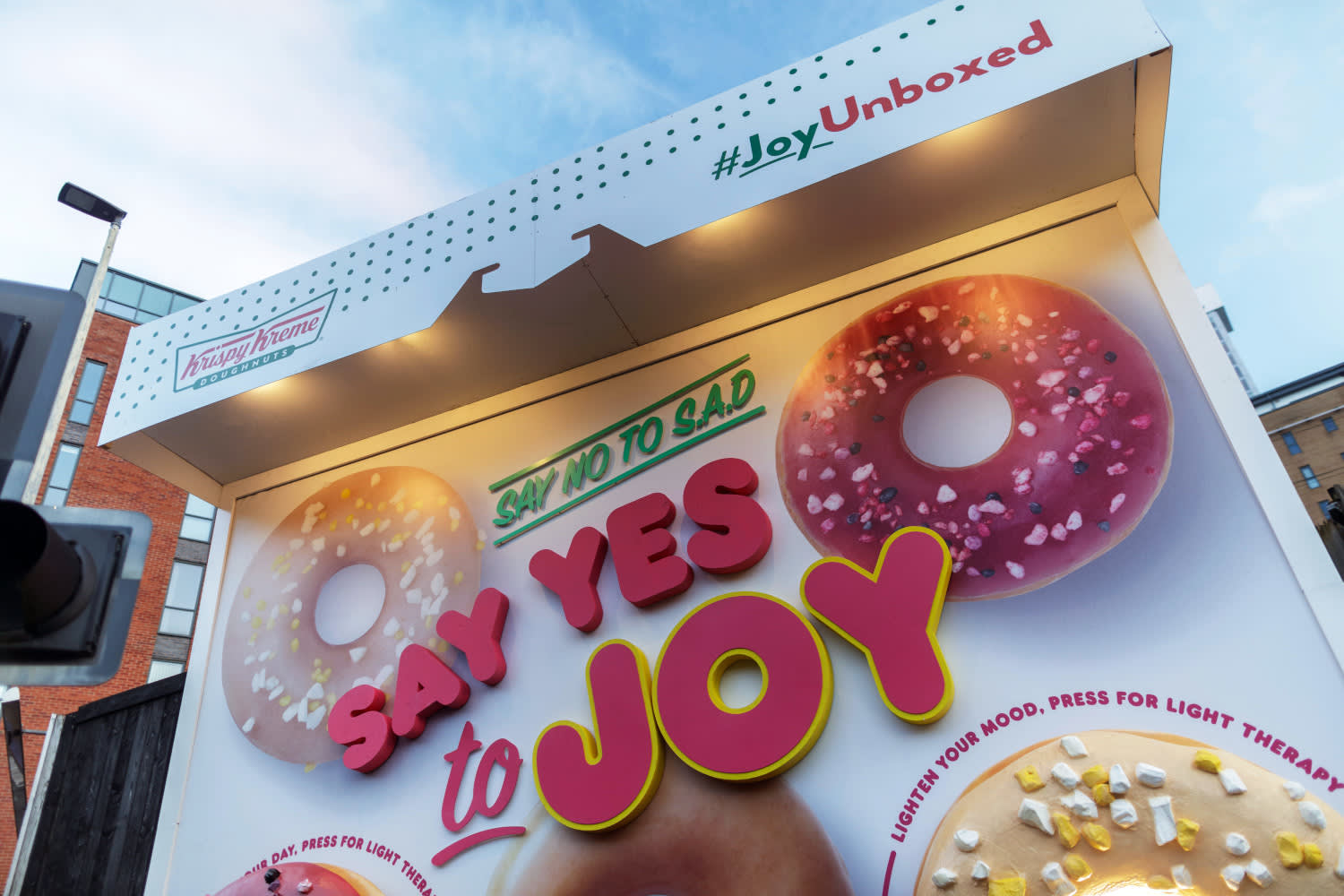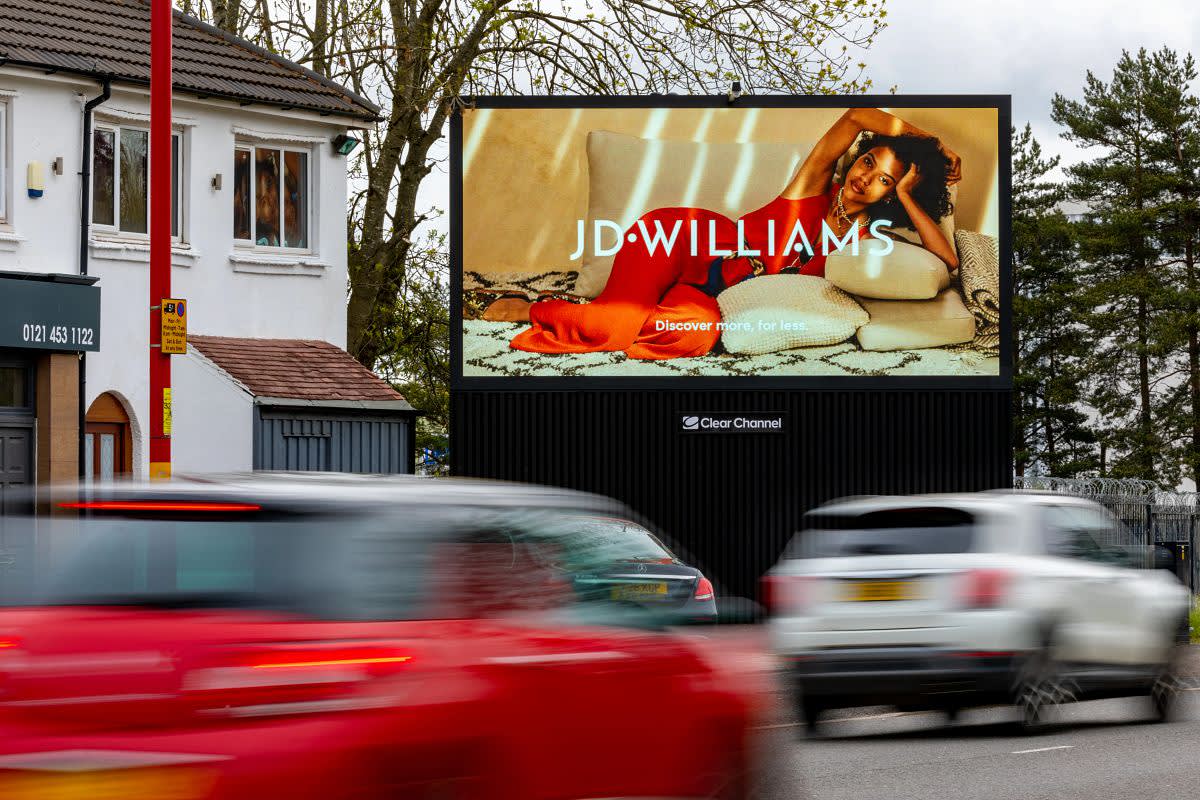Billboards have been a feature of our public spaces for centuries. There’s evidence of merchants as far back as Ancient Egypt using carved stone to advertise their produce at the market. While billboards have evolved a fair bit since then, they’re still one of the most effective ways for brands to get their audience’s attention.
Fortunately, these days it’s a lot simpler to start billboard advertising. Outdoor media owners such as Bauer Media Outdoor have a vast inventory of billboard types for brands to communicate via. Understanding these different types of billboards is key to picking which one will provide the most value to your campaign.

Static billboards
A static billboard is a large outdoor advertising board that displays a printed message from a brand or organisation. Static billboards used to be painted by hand but, nowadays, printing is used as a more cost-efficient method. Paper advertisements have also been replaced by vinyl, which is a much more durable material.
This type of billboard relies on a single, static creative to drive home the given message. Advertisers sometimes use humorous wordplay, powerful statistics or heartstring-tugging images to help them leave a lasting impact.
You’ll find these traditional billboards dotted around urban centres. Train station billboards are something we’re all familiar with, but static billboards are also commonly placed on the side of buildings or alongside busy roads. These high-traffic locations are what make billboards the perfect choice for large- and small-scale brand awareness campaigns.

Digital billboards
Digital billboards use LED screens to display the creative. This means that they can show multiple images or even use video to capture the attention of passers-by. Unlike static billboards, the advertisements can be updated remotely without the need for anyone to attend the site.
This offers huge advantages to advertisers. Dynamic content enables different audience groups to be shown uniquely targeted messaging. Real-time updates ensure that brands can quickly adapt their creatives to reflect current events. Campaigns can be planned and executed using programmatic OOH platforms, bringing never-before-seen levels of ease and flexibility.
Brands are also free to choose specific time-of-day slots, rather than straight runs of a week or more. This additional layer of targeting capability means that digital billboards are a great option for brands focused on a specific audience group.

Bespoke billboards
Bespoke, or custom, billboards provide brands with the opportunity to stand out. This could be in the form of 3D elements, special lighting or interactive features. Bespoke builds are one of the most creative and memorable types of outdoor billboards.
Brands who want to make their billboard interactive can do so in a range of ways. Some opt to give away ‘free gifts’, which can be cunningly attached to the billboard so as to reveal a hidden message when removed. Physical features like touch panels and scented areas make a change from the usual visual mediums.
3D billboards often incorporate textures, life-size objects or optical illusions that wow the viewer and bring the creative to life. But the extra production and installation costs mean that custom billboards can be more expensive than their digital or static alternatives. However, brands brave enough to make a bold statement like this often find themselves rewarded with a higher-than-average ROI.

Mobile billboards
Mobile billboards are installed on the back of lorries, vans and other vehicles. They’re designed to move around public spaces, with an emphasis on wide-reaching brand awareness as opposed to high-volume. This type of billboard is more common in the US than the UK.
For advertisers with limited budgets, mobile billboards can be a good solution. However, they don’t look as professional as classic billboards and don’t have the benefit of being placed at the perfect height and position to ensure maximum visibility.

Other types of advertising board
The word billboard is often used to describe any kind of Out of Home format, but this isn’t technically correct. There are multiple advertising board types with their own unique benefits:
Wallscapes – painted straight onto the side of buildings, wallscapes are essentially murals. Although fun, wallscapes aren’t available at scale and can be difficult to arrange.
Bus shelters – digital or static advertising panels installed at bus stops are known as bus shelter advertising. These boards can entertain people waiting for their buses and are relatively cheap compared to billboards.
Street furniture – standalone advertising boards or ones that utilise old phone boxes are commonly referred to as street furniture advertising. These draw people in at eye level and can be tactically placed in retail or leisure hotspots.
Get started with billboard advertising
All of the different types of billboard advertising have something to offer brands. Whether you’re still unsure which one is the best fit for your campaign or you’re ready and raring to go, get in touch and one of our experienced team members will be able to talk you through your options.
Start your billboard campaign
Interested in learning more about billboard advertising? Fill in our form and one of our team will be in contact shortly to answer your questions and get started on your next campaign.




